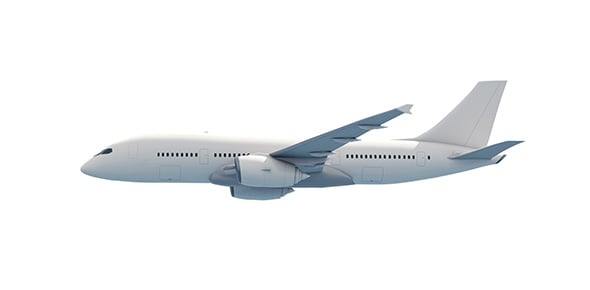FAA Order 7110.65 Chapter 6: Air Traffic Control Procedures Quiz
- FAA 7110.65
2.
You may optionally provide this to label your report, leaderboard, or certificate.
×
Thank you for your feedback!
















